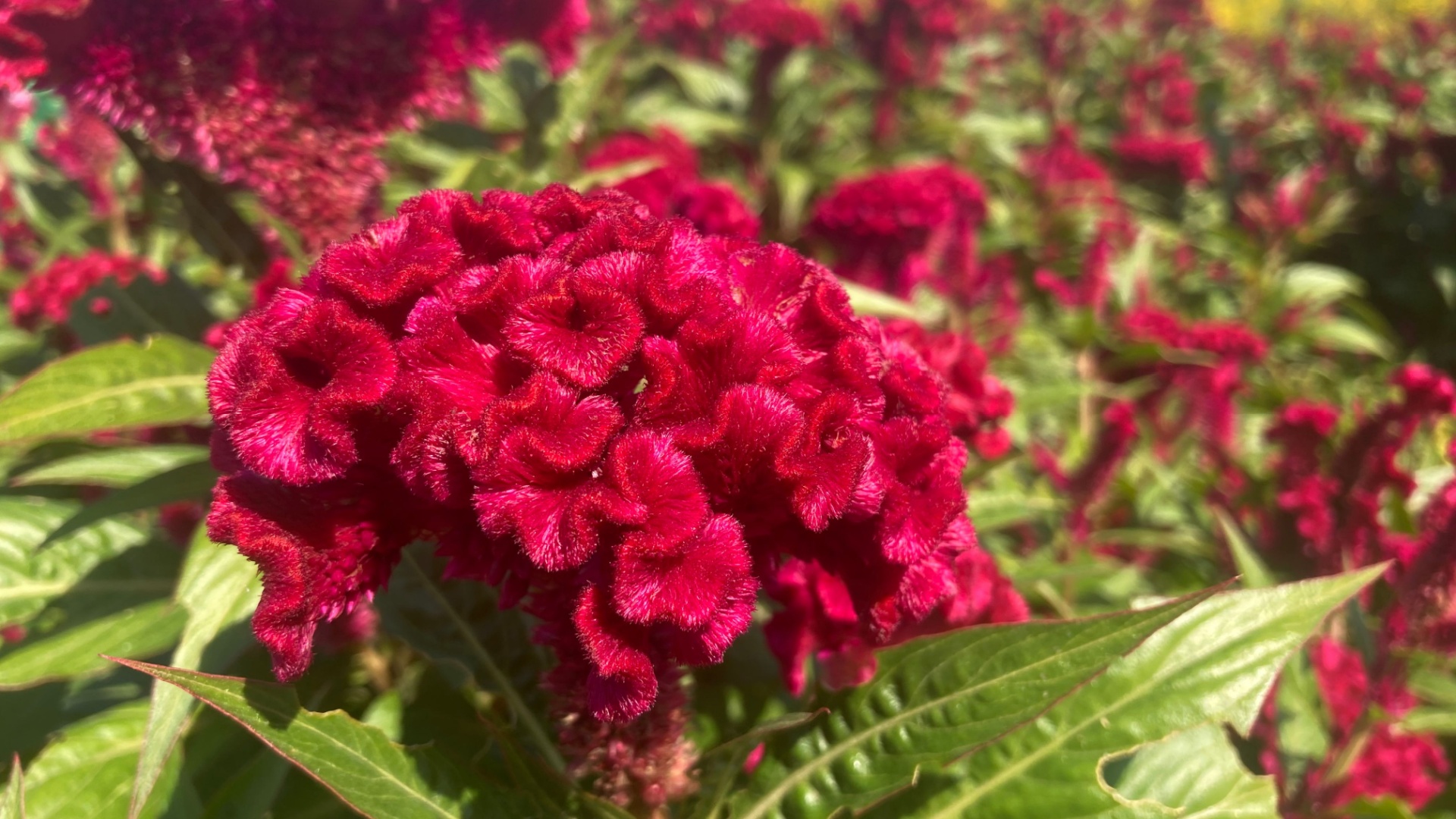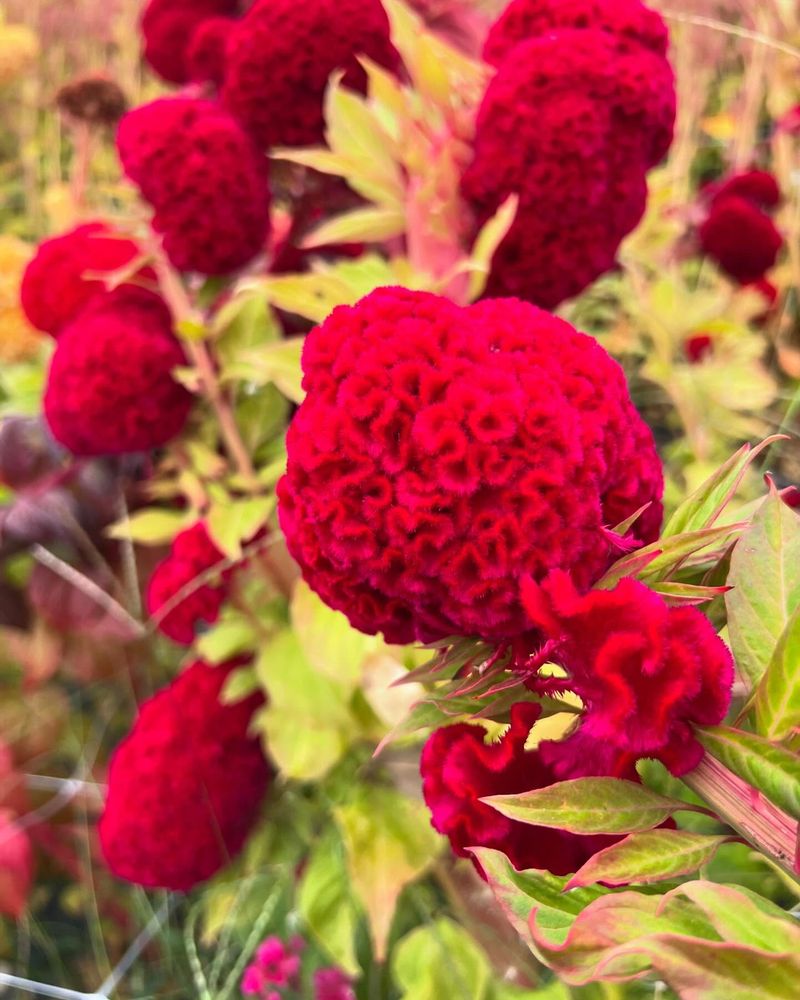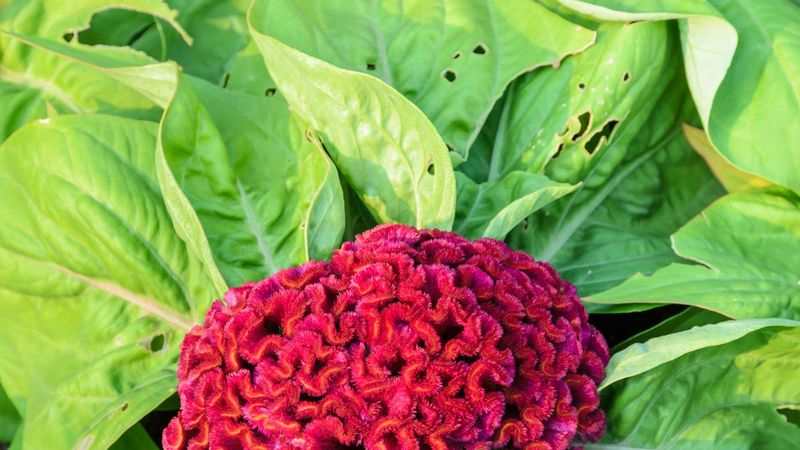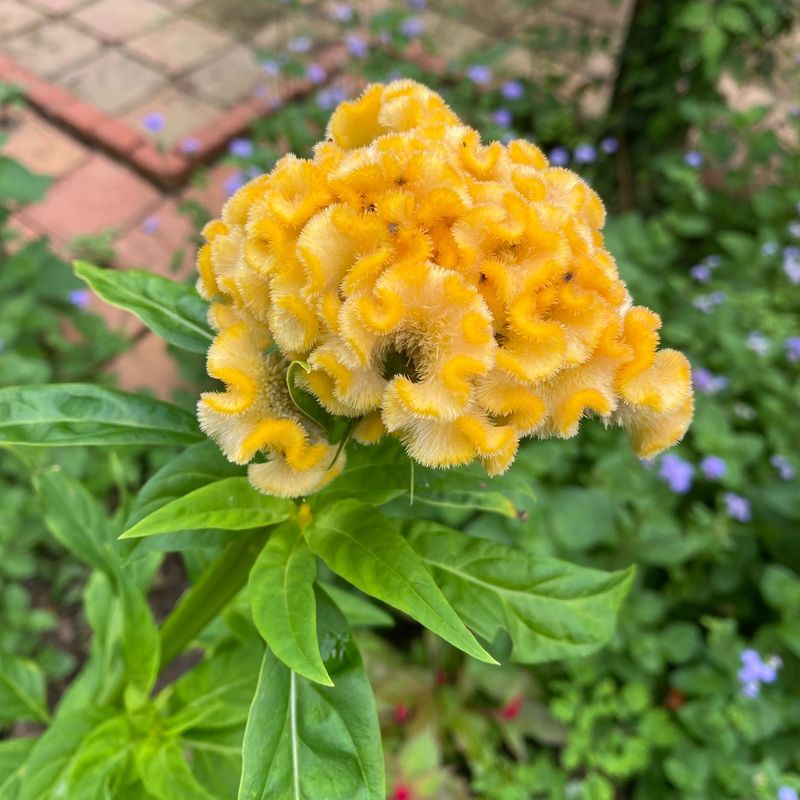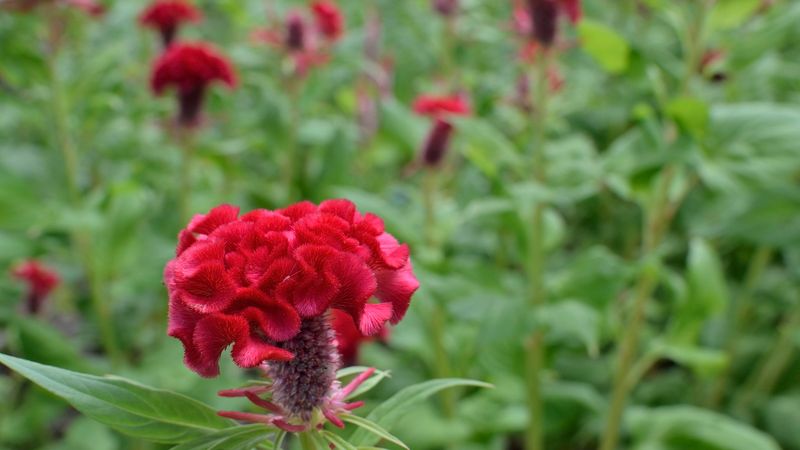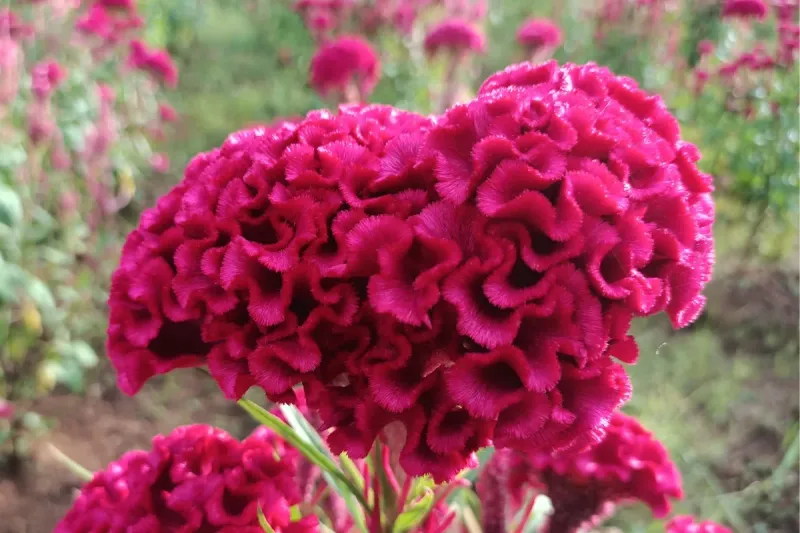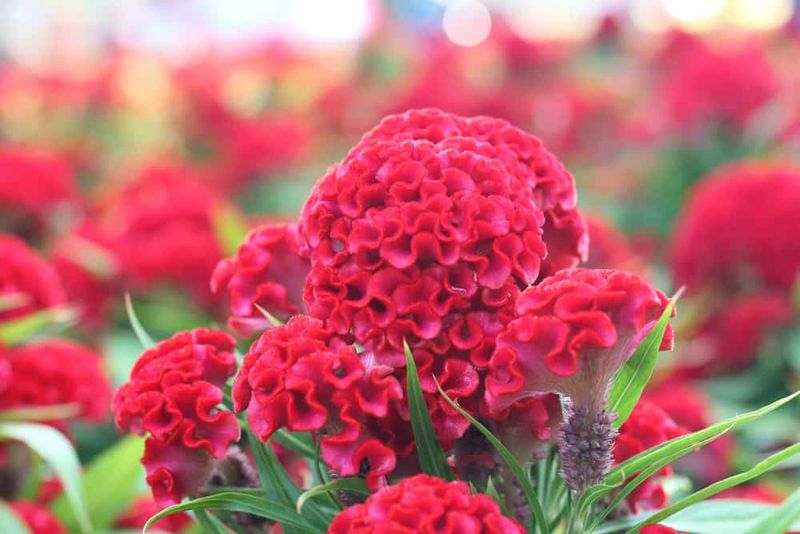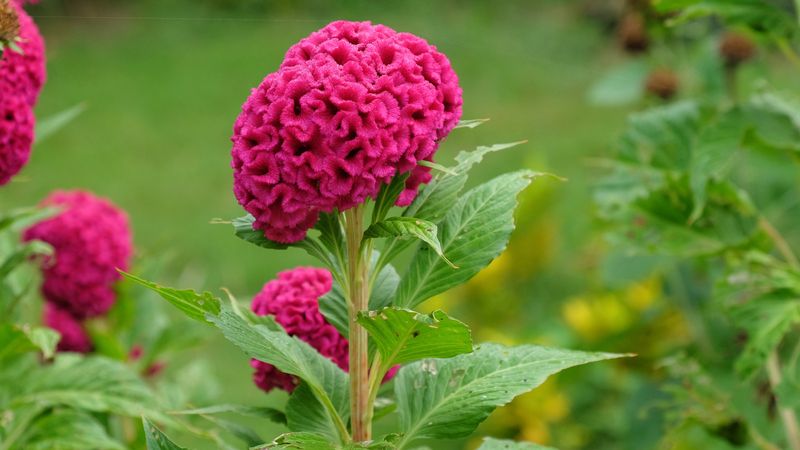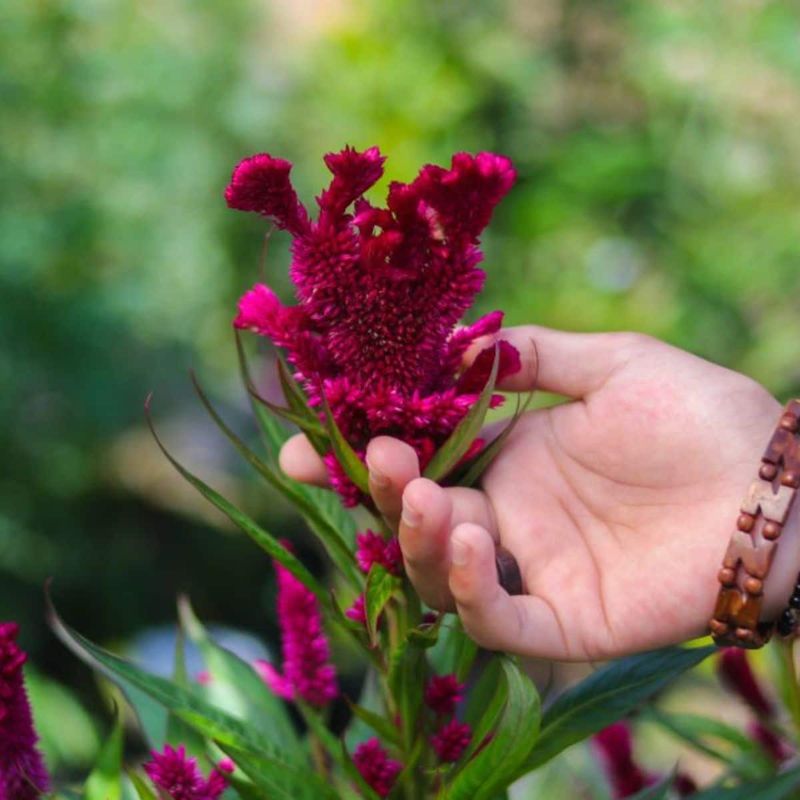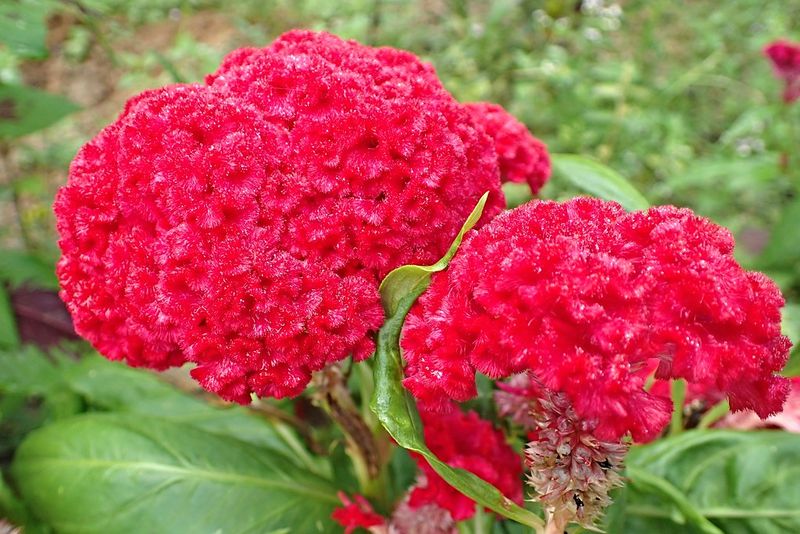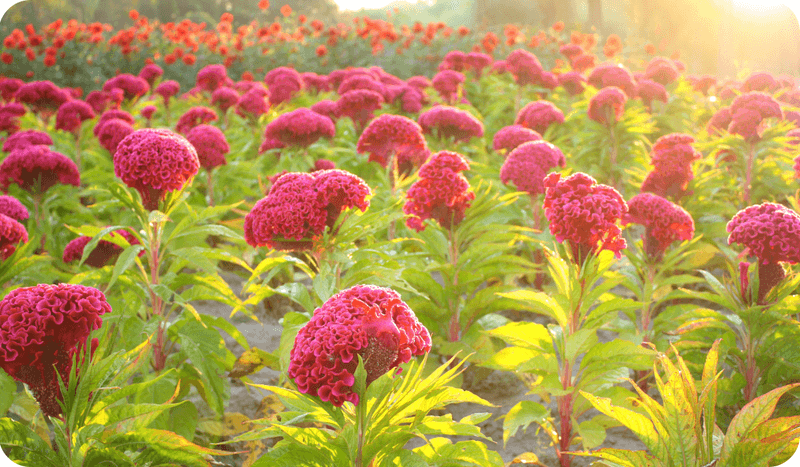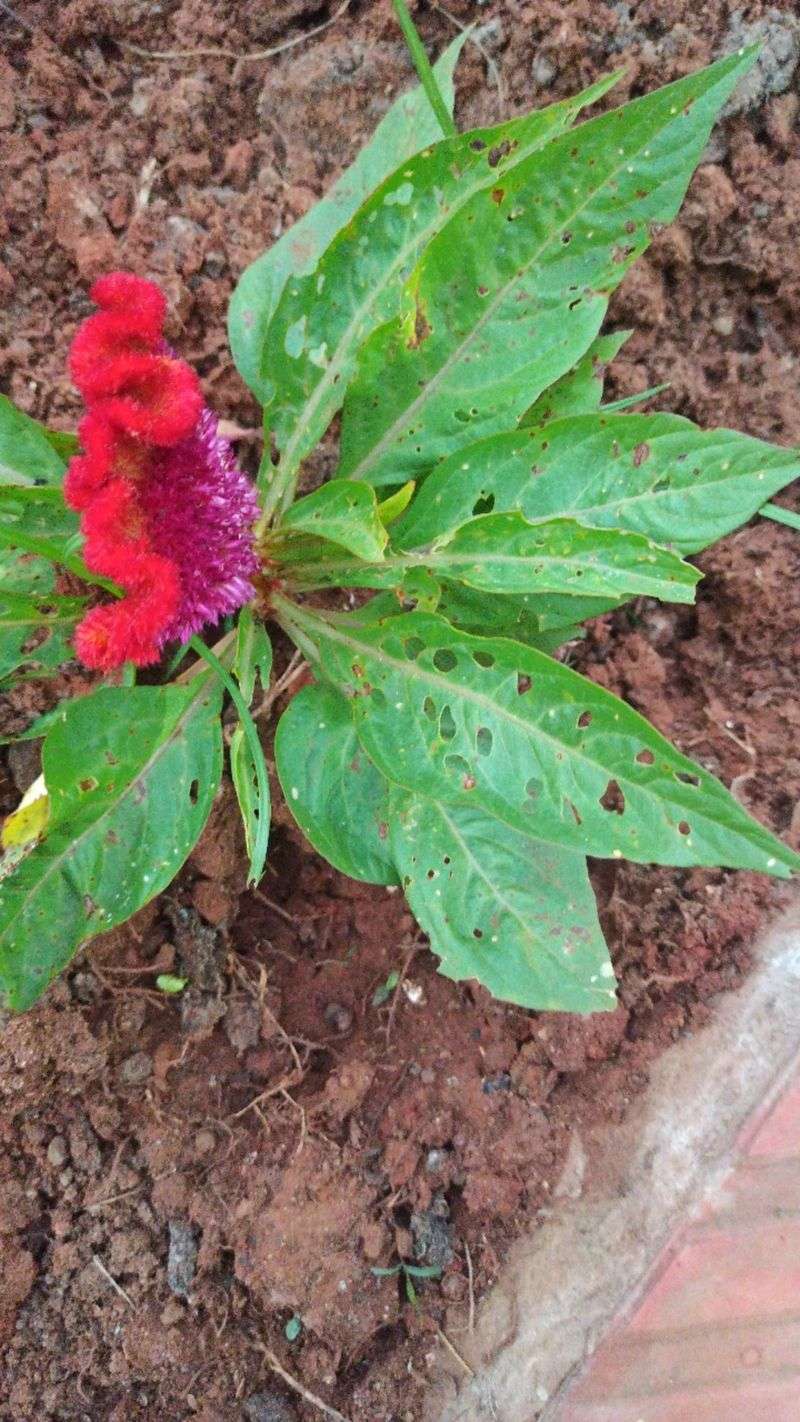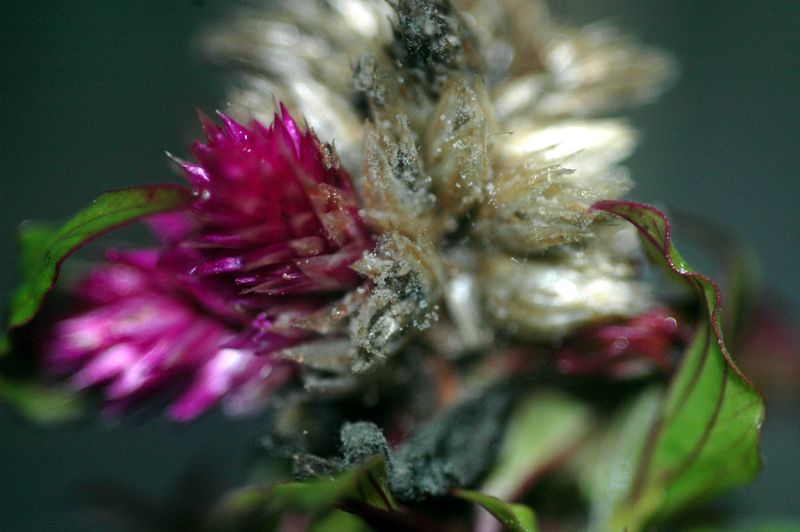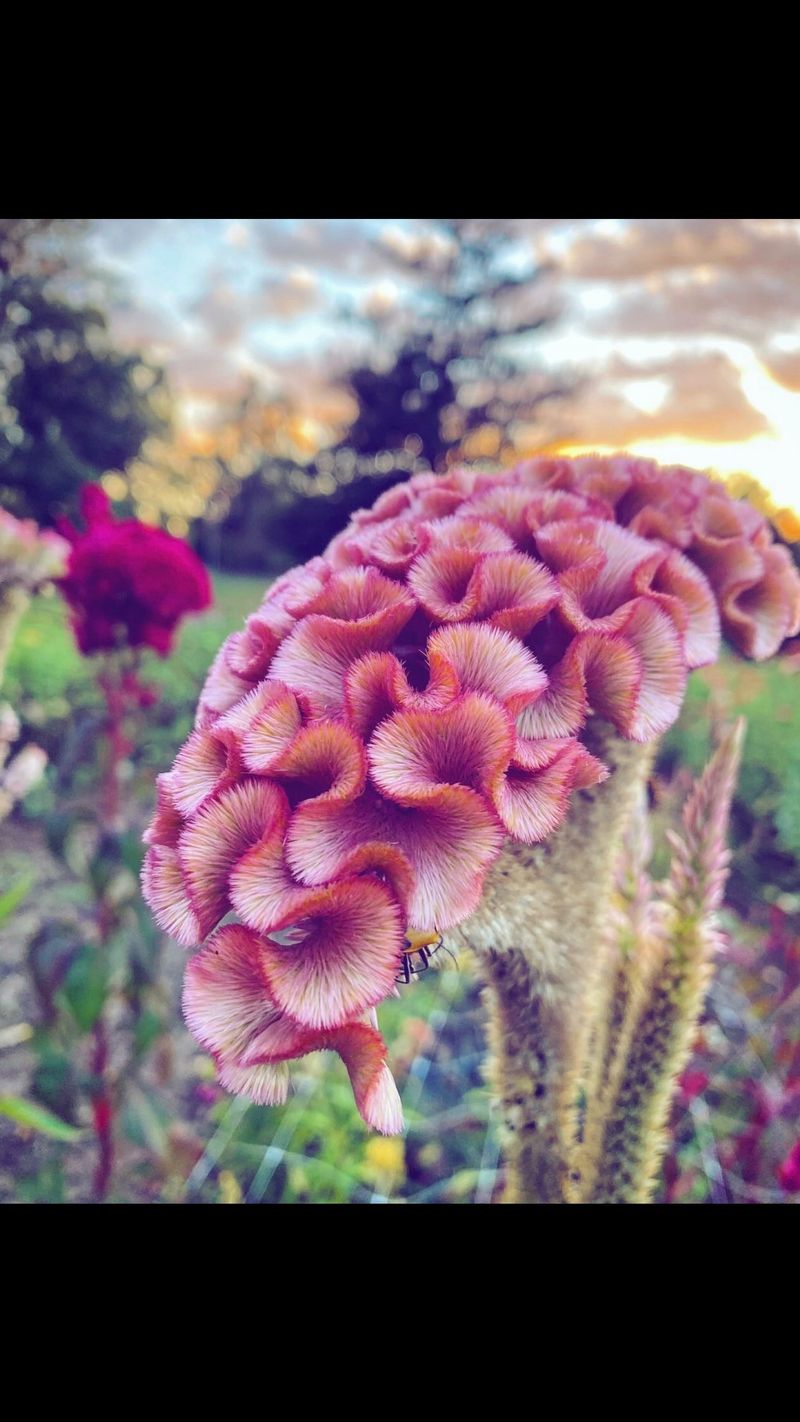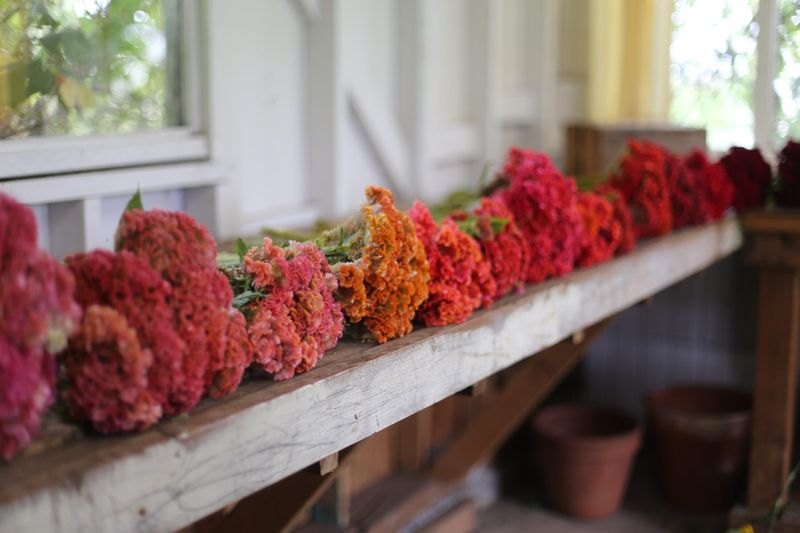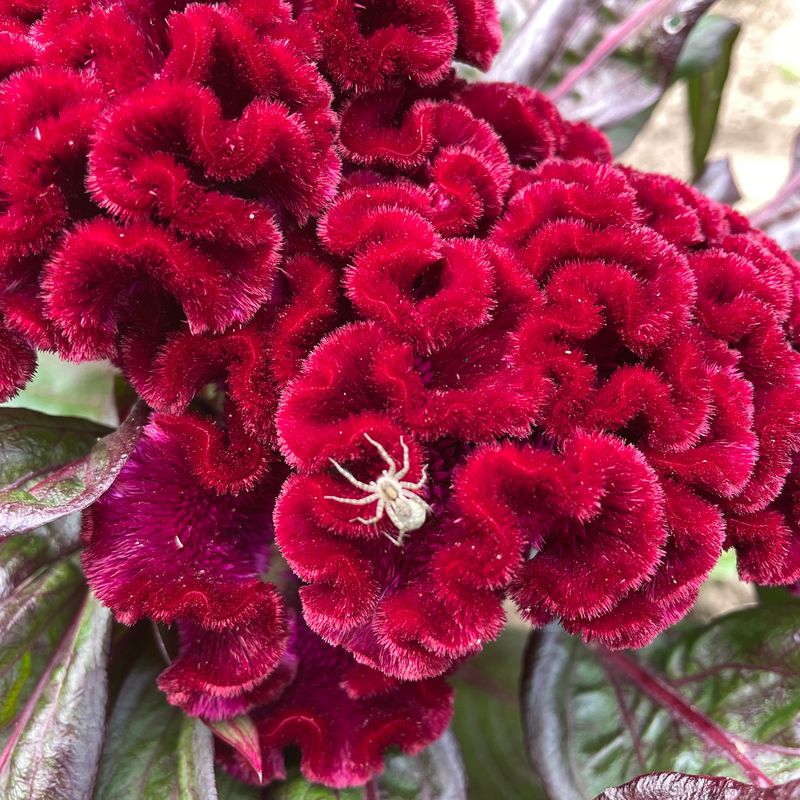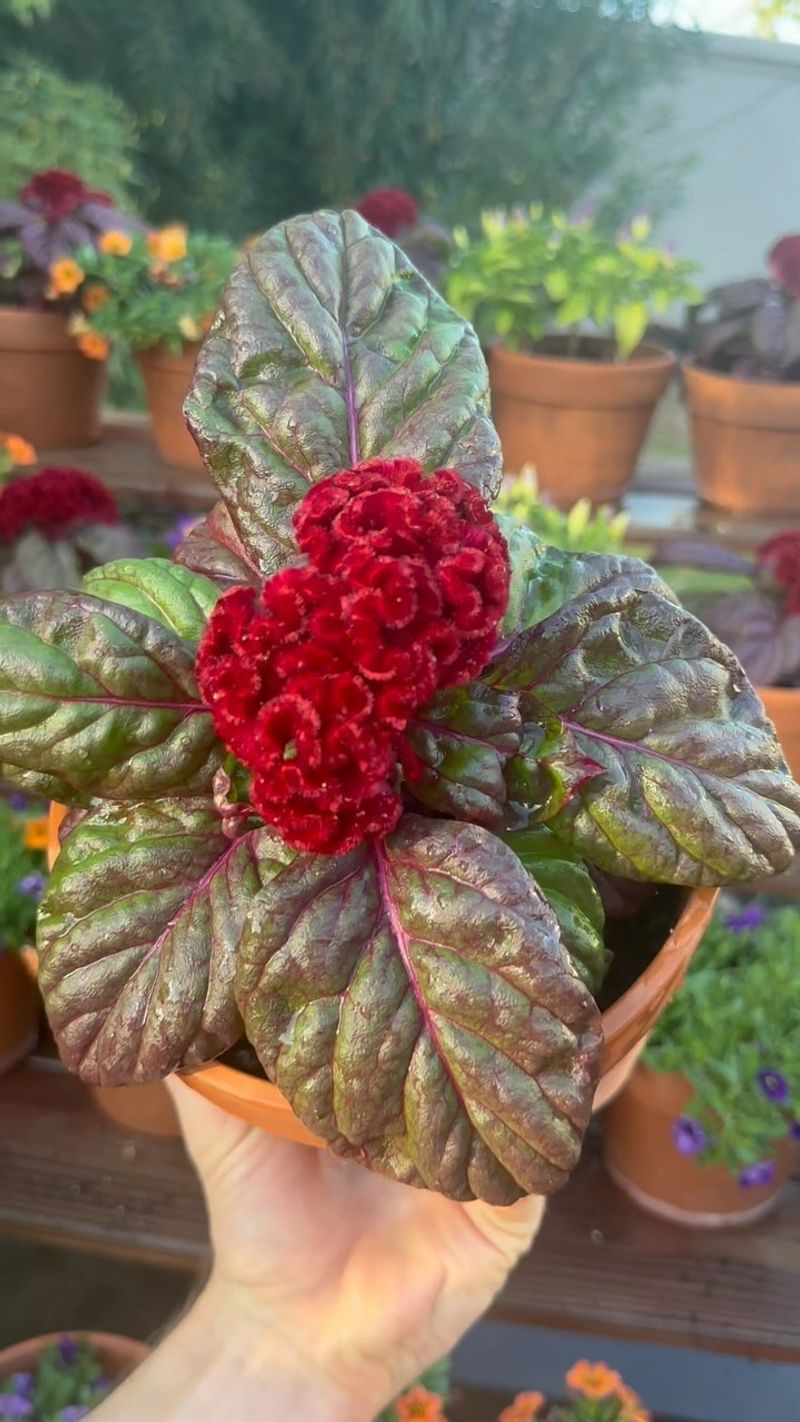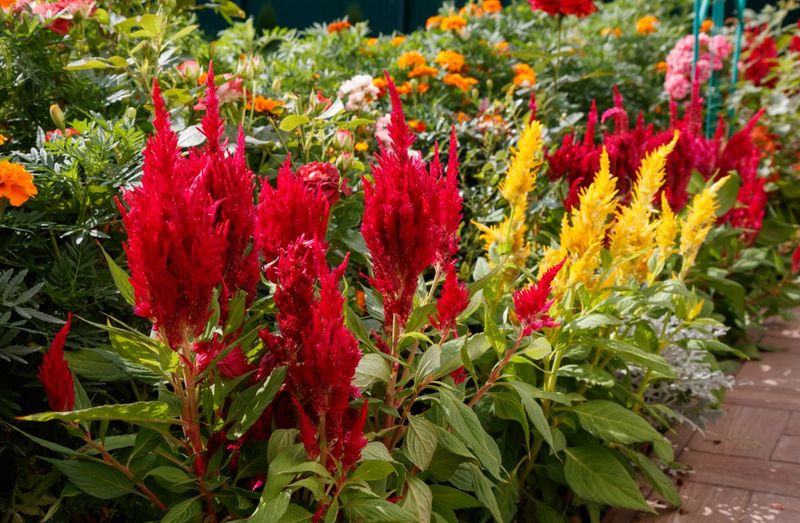Want a garden that makes people stop and stare? Cockscomb flowers bring serious drama—but only if you grow them right.
These 18 expert-approved tips will help you cultivate bold, vibrant blooms that look almost too good to be real. Get ready for color, texture, and wow-factor on a whole new level!
1. Pick the Perfect Planting Time
Timing matters tremendously when growing cockscomb. Start seeds indoors about 6-8 weeks before your last spring frost date to give plants a head start. In warmer climates, you can sow directly in the garden after all danger of frost has passed.
Cockscomb thrives in warm soil, so don’t rush outdoor planting. Patience pays off with stronger plants and more impressive blooms that will tower above your garden beds with their brilliant colors.
2. Choose Your Cockscomb Variety
Not all cockscomb flowers look the same! The Cristata group features the classic brain-like crests in colors ranging from fiery red to golden yellow. Plumosa types offer feathery, flame-shaped plumes, while Spicata varieties display slender, wheat-like spikes.
Each type brings its own charm to the garden. Mix different varieties for a stunning display that offers various heights, colors, and textures. The ‘Chief’ series delivers massive crests, while ‘Fresh Look’ provides season-long color.
3. Find the Sunniest Spot
Cockscomb flowers are sun-worshippers! They need at least 6-8 hours of direct sunlight daily to develop their brightest colors and fullest blooms. Any less, and you’ll notice smaller flowers with less vibrant hues.
Scout your garden for that perfect sunny location before planting. South-facing spots typically offer the most consistent light. If you’re growing in containers, wheels make it easy to chase the sun throughout the season, ensuring your plants get maximum exposure.
4. Prepare Well-Draining Soil
Soggy roots spell disaster for cockscomb. These flowers demand well-draining soil that won’t stay waterlogged after rain. Improve heavy clay soil by mixing in compost, perlite, or coarse sand before planting.
The ideal soil pH ranges between 6.0 and 6.5, slightly on the acidic side. Consider raised beds if your garden soil drains poorly. Your cockscombs will reward proper soil preparation with stronger stems and more prolific flowering throughout the growing season.
5. Master the Seeding Technique
Cockscomb seeds are tiny! Sprinkle them lightly on top of seed-starting mix and press gently – don’t bury them, as they need light to germinate. Mist with water rather than pouring, which can displace the small seeds.
Cover seed trays with clear plastic to maintain humidity until germination occurs, usually within 10-15 days. Once seedlings emerge, remove the cover immediately to prevent damping-off disease. Thin seedlings when they develop their first true leaves, keeping the strongest ones.
6. Space Plants Properly
Crowded cockscomb plants compete for nutrients and light, resulting in smaller blooms and increased disease risk. Allow 12-18 inches between smaller varieties and up to 24 inches for taller types.
Good airflow between plants reduces humidity around the foliage, preventing fungal issues like powdery mildew. If you’re aiming for cut flowers, slightly closer spacing can encourage taller stems as plants reach for light. For garden display, wider spacing creates more impressive individual specimens with multiple branches.
7. Water Like a Pro
Consistent moisture keeps cockscomb happy, but wet leaves invite disease. Always water at the base of plants, preferably in the morning so any splashed foliage can dry quickly in the sun.
During hot weather, cockscombs might need watering every 2-3 days. Established plants show surprising drought tolerance, though flowering will suffer during extended dry spells. A moisture meter can help beginners avoid the common pitfalls of over or under-watering these colorful garden gems.
8. Feed for Fantastic Blooms
Hungry cockscomb flowers produce their best show with proper nutrition. Before planting, work a balanced slow-release fertilizer into the soil. Once plants are established, switch to a bloom-boosting formula higher in phosphorus (the middle number in fertilizer ratios).
Monthly feeding during the growing season supports continuous flowering. Avoid high-nitrogen fertilizers which promote lush foliage at the expense of flowers. Organic options like compost tea or fish emulsion provide gentle nutrition without the risk of chemical burn to these colorful garden stunners.
9. Mulch to Retain Moisture
A 2-inch layer of organic mulch works wonders for cockscomb by maintaining soil moisture and suppressing weeds. Straw, shredded leaves, or pine needles make excellent choices that gradually break down to improve soil structure.
Keep mulch a few inches away from plant stems to prevent rot issues. In hot climates, mulch helps keep roots cool and reduces watering frequency. As an added bonus, mulched gardens need less maintenance, giving you more time to enjoy your spectacular cockscomb display rather than battling weeds.
10. Pinch for Bushier Plants
Snip off the top inch of young cockscomb plants when they reach 8-10 inches tall. This simple technique, called pinching, encourages branching and results in more flowers per plant instead of one large bloom on a single stem.
For garden display, pinched plants develop a fuller, more impressive shape. If you’re growing for cut flowers and want longer stems, skip pinching. Many gardeners pinch half their plants to get the best of both worlds – some bushier specimens and some with dramatic single blooms.
11. Support Tall Varieties
Those magnificent crests can get heavy, especially after rain! Taller cockscomb varieties often need support to prevent toppling in summer storms. Install stakes or cages when plants are young to avoid damaging roots later.
Bamboo stakes work perfectly and blend naturally with the garden. For a less visible option, surround plants with a circular support grid. Supporting your cockscomb not only prevents heartbreaking damage but also keeps flowers clean and presentable for potential cutting or competition entry.
12. Manage Pests Naturally
Aphids occasionally target the tender new growth of cockscomb plants. Rather than reaching for chemical sprays, blast them off with a strong stream of water from the hose early in the day, allowing foliage time to dry.
For persistent problems, try insecticidal soap or neem oil. Encouraging beneficial insects like ladybugs and lacewings creates a natural pest control system in your garden. Healthy plants grown in proper conditions naturally resist most pest issues, making prevention your best strategy.
13. Prevent Common Diseases
Fungal issues pose the biggest threat to cockscomb. Prevent problems by avoiding overhead watering and ensuring good air circulation between plants. Remove any diseased foliage promptly to prevent spread.
In humid climates, applying a preventative fungicide early in the season can help ward off issues like powdery mildew. Always water in the morning rather than evening so plants don’t sit wet overnight. Healthy soil filled with beneficial microorganisms naturally helps plants resist many common garden diseases.
14. Deadhead for Continuous Blooms
Remove spent flowers before they set seed to redirect the plant’s energy into producing new blooms. Simply snip faded flowers with clean scissors or pruning shears just above a set of leaves or branching point.
Regular deadheading keeps your cockscomb looking tidy while extending the flowering season. For a stunning dried arrangement, leave some blooms on the plant until they’re fully mature. The vibrant colors hold remarkably well even after drying, providing months of indoor enjoyment after the garden season ends.
15. Harvest for Cut Flowers
Cut cockscomb flowers in the morning when stems are filled with moisture. Choose blooms that are fully developed but still vibrant for the longest vase life. Place cut stems immediately in water to prevent wilting.
For fresh arrangements, change vase water every other day to extend longevity. Cockscomb typically lasts 7-10 days as a cut flower. Remove lower leaves that would sit below the waterline to prevent bacterial growth. These showstopping blooms make dramatic focal points in any arrangement.
16. Save Seeds for Next Season
Allow a few cockscomb blooms to remain on plants until they turn brown and dry. The tiny black seeds develop inside the flower heads and can be collected by gently crushing the dried heads over a paper bag or clean sheet.
Store cleaned seeds in paper envelopes in a cool, dry place. Label with variety and date collected. Cockscomb seeds remain viable for 2-3 years when properly stored. Saving your own seeds not only saves money but also allows you to select from your best-performing plants year after year.
17. Grow in Containers Successfully
Limited garden space? Cockscomb thrives in containers at least 10-12 inches deep with drainage holes. Use high-quality potting mix rather than garden soil, which compacts too easily in pots.
Container-grown cockscomb needs more frequent watering and feeding than garden plants. Choose compact varieties like ‘Fresh Look’ for best results in containers. The brilliant blooms make perfect porch or patio accents, and containers allow you to bring plants under cover during extreme weather to protect those precious flower heads.
18. Companion Plant for Garden Harmony
Cockscomb pairs beautifully with plants that share similar growing requirements. Try planting alongside zinnias, marigolds, or globe amaranth for a color-coordinated display that attracts pollinators. These companions all enjoy full sun and moderate watering.
Silver-leaved plants like dusty miller provide striking contrast to cockscomb’s vivid hues. For a cottage garden look, combine with cosmos and cleome. Strategic companion planting not only enhances visual appeal but can also help deter pests and improve overall garden health through biodiversity.

